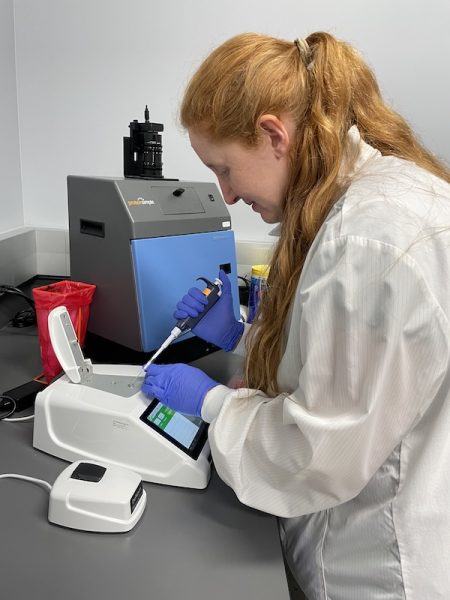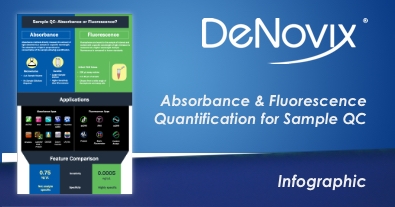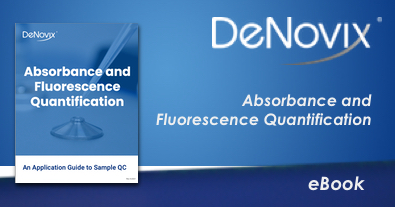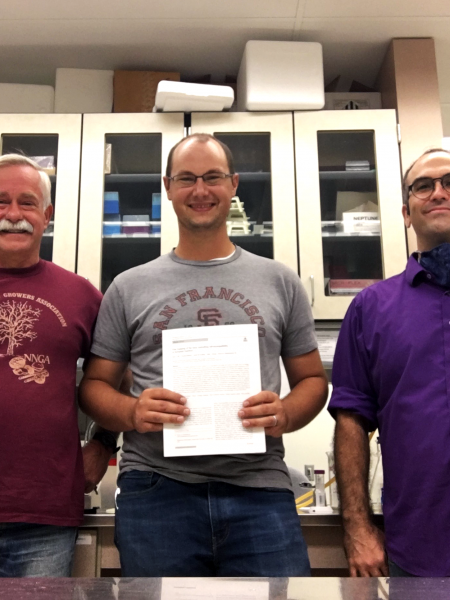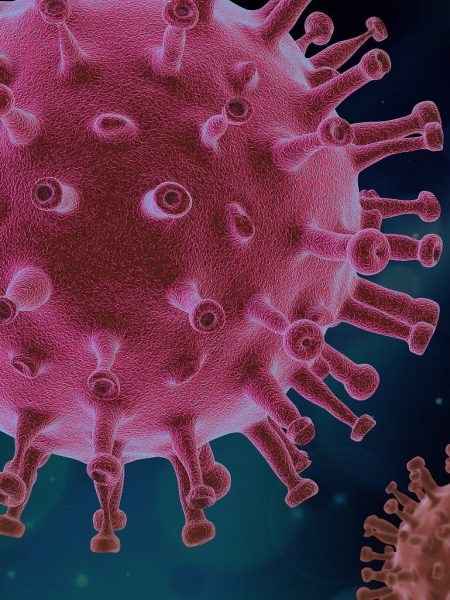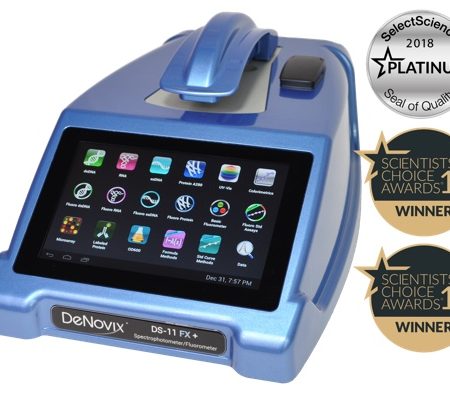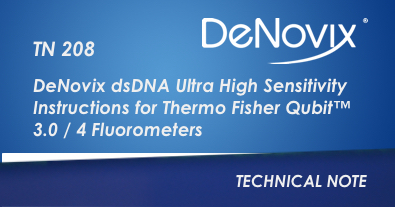This research spotlight highlights Brianna Stenger, PhD, section head of Molecular Diagnostics section and Sequencing section at NDSU-VDL.
Absorbance and fluorescence are unique but complementary methods for assessing concentration and sample QC. Download this free infographic.
In this eBook, you’ll find resources that discuss the advantages of each method and when to employ Absorbance, Fluorescence or both.
This research spotlight highlights the work of Dr. Shawn Mehlenbacher in Oregon State University's Hazelnut Breeding and Genetics program.
DeNovix announces the launch of EasyApps® Secure – 21 CFR Part 11 compliance ready software for the multi-award winning DS-11 Series Spectrophotometer / Fluorometer.
The DeNovix DS-11 compact spectrophotometer has been used to prepare SARS-CoV-2 standards in a pioneering diagnostic study.
Isolating nuclei is a critical step for single cell RNA-sequencing and ATAC-sequencing workflows. Data is presented demonstrating the advantages of using the CellDrop Automated Cell Counted for accurately counting isolated nuclei, residual intact cells and debris.
Several methods exist for RNA and DNA quantification, and not all of them were created equally. So, how should you choose the best technique?
Alternatives to Thermo Fisher NanoDrop™ DNA quantification spectrophotometers include the DS-11 from DeNovix. Read on for more details.
The DeNovix dsDNA Ultra High Sensitivity Assay enables the accurate detection of purified double-stranded DNA (dsDNA) samples with a standard detection range of 0.5 pg – 300 pg total mass in 200 µL volumes and is compatible with a range of fluorometers and microplate readers.

